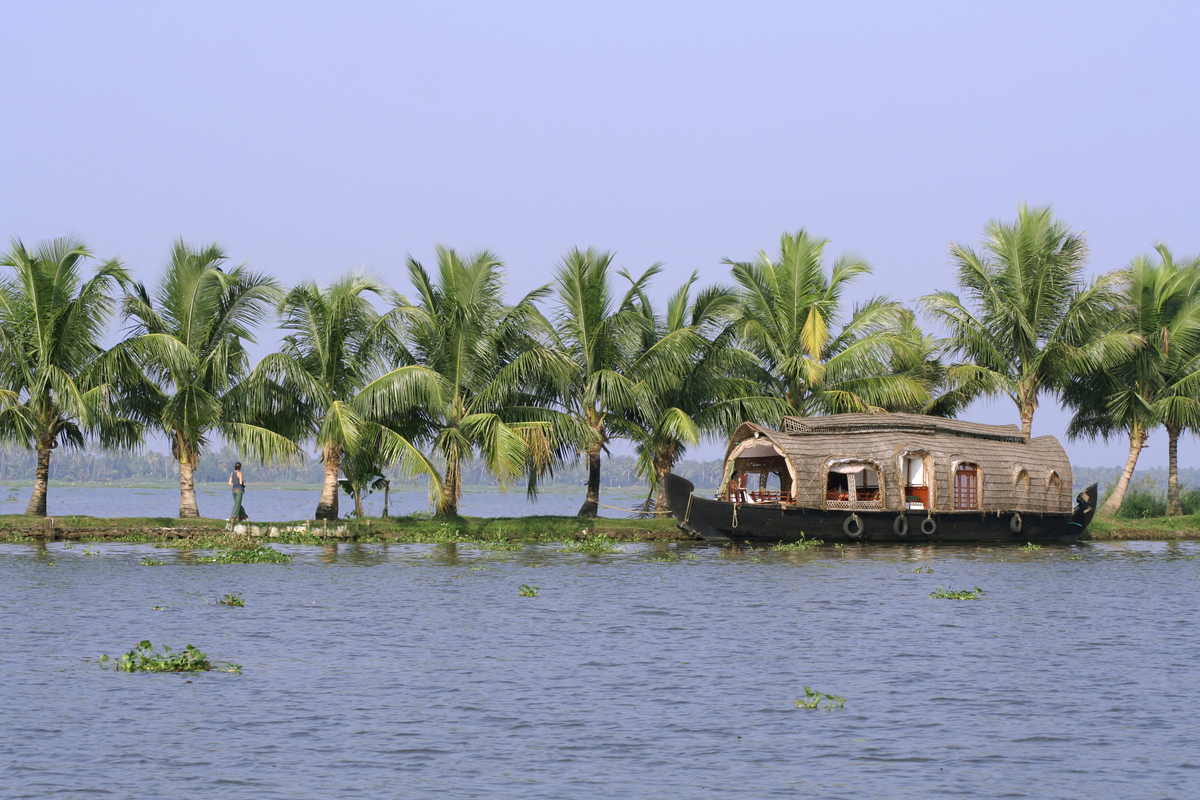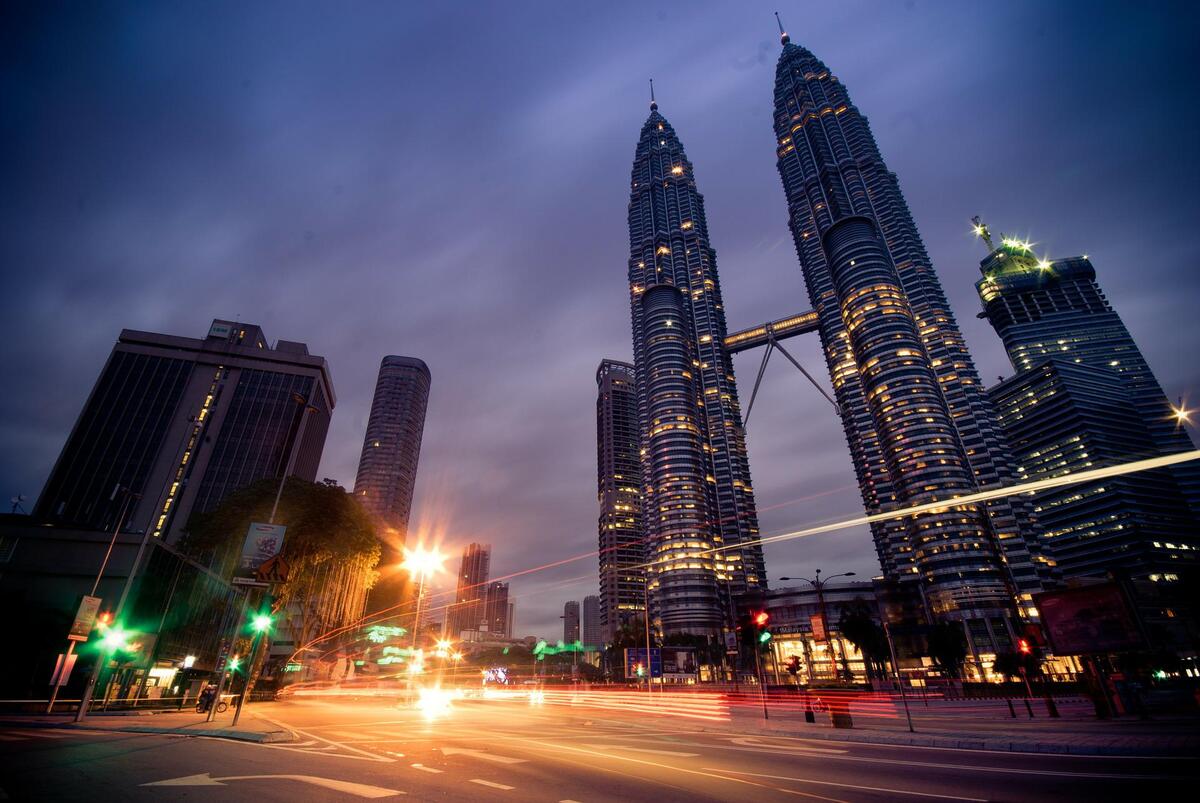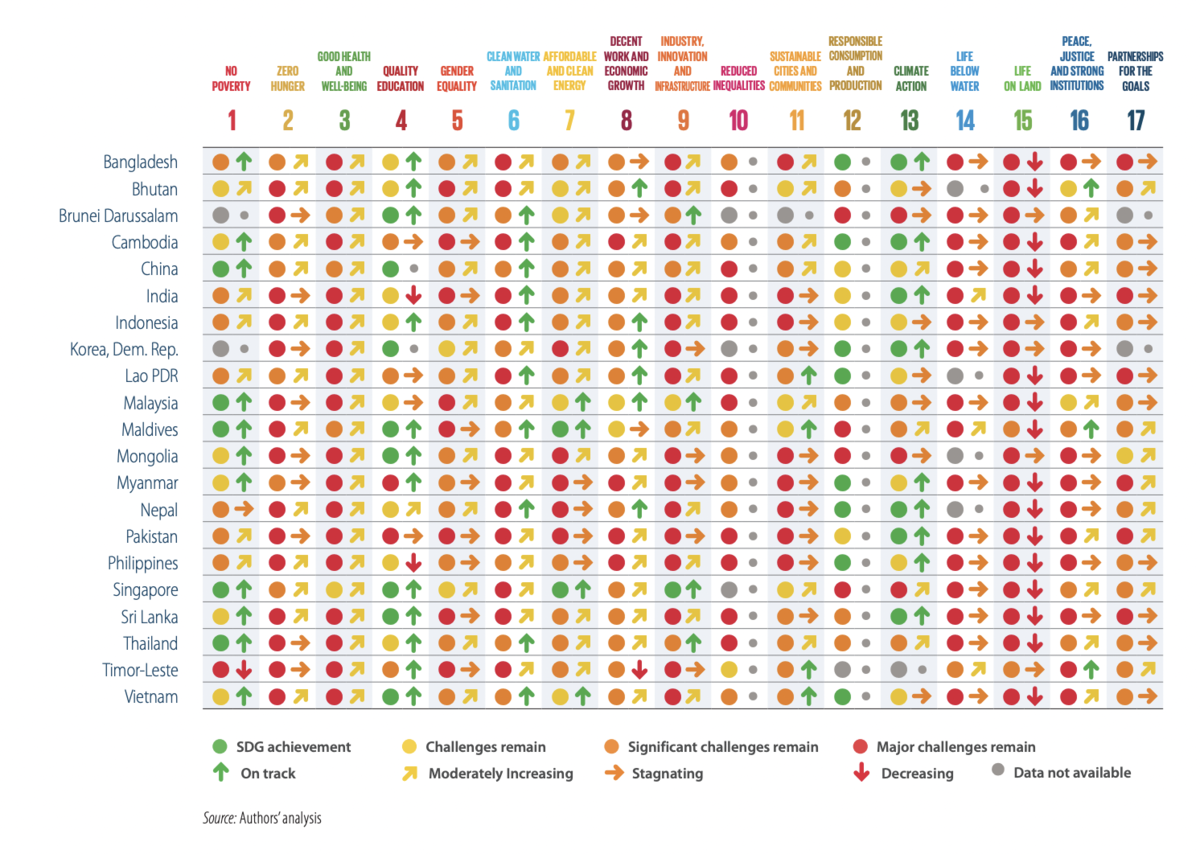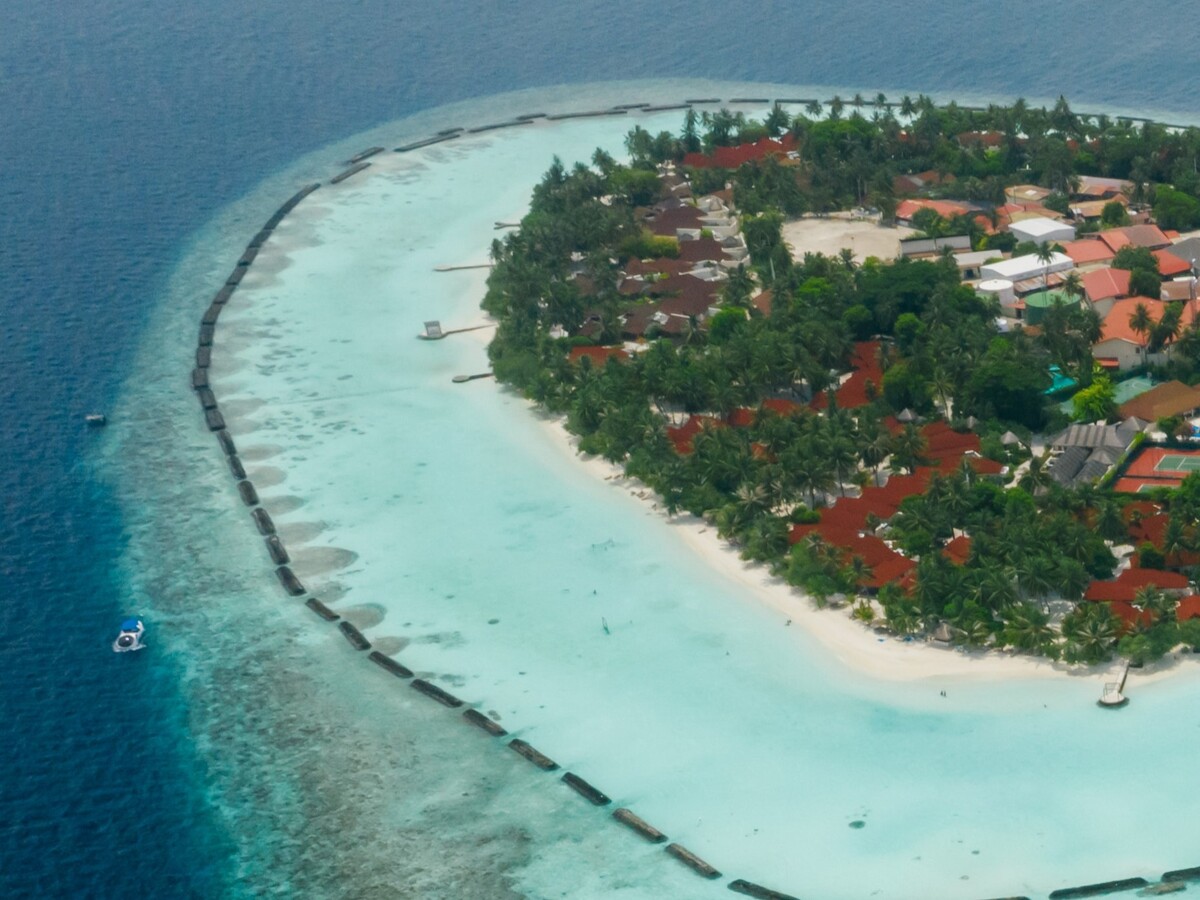You are viewing 1 of your 3 free articles for this month.
Despite challenges, sustainability makes headway in South Asia
Governments, businesses, NGOs and people are all taking steps to tackle the region’s huge sustainability challenges.

South Asia is a diverse region in terms of its ethnic groups, values, ethos and spiritual faiths. It is also home to more than half of the globe’s poor and underprivileged.
The region faces significant sustainability challenges in areas such as transport infrastructure, power supply, public services, and essential amenities such as water and public health. Some progress has been made in education, legislation, biodiversity, air pollution and management of the coastal environment.
The need for more sustainable options is pressing as it is estimated that 700 million people living in the region have been affected by at least one climate-related calamity in the previous decade. Various studies show that climate changes could deprive the South Asian region of up to 13% of GDP by the year 2050.
Initiatives to reduce emissions
India, the largest country in South Asia and the seventh-largest country in the world by area, has a number of sustainability schemes led by various ministries and agencies. The country’s “Panchamrit” pledge to attain net-zero by 2070 was one of the most significant statements at the COP26 Glasgow 2021 climate change conference.
The nation is also establishing a National Hydrogen Mission to support the government in meeting its climate targets and make India a green hydrogen hub. This is a step forward for the world’s third major emitter, which still uses coal to create more than 50% of its electricity.
At the other end of the scale, in South Asia, Bhutan is carbon-negative, and Nepal has one of the globe’s lowest per capita emissions percentages, but these encouraging outliers are too small to undercut South Asia’s overall carbon emissions.
Another positive example is Nepal, lying along the southern slopes of the Himalayan mountain ranges, which is the first co-recipient nation of a Green Climate Fund grant for national adaptation planning. The nation’s community-based forest management plans have helped to reduce deforestation by almost 40%.
Bangladesh has been taking a lead in coastal resilience against rising sea levels
Bangladesh, located in the north-eastern part of South Asia has accomplished the highest cumulative GDP growth internationally in the last decade. The consistent macroeconomic situation has resulted in strong socio-economic growth, higher per capita earnings, and lower deprivation. The country’s GDP doubled between 2014 and 2020 to $323bn, and is expected to continue growing until 2027.
Bangladesh has been taking the lead in developing coastal resilience, supported with nearly $800m of World Bank funding. The Coastal Embankment Improvement Project has helped Bangladesh lessen the impact of flooding, storms and cyclones, as well as enhance and upgrade emergency responses.

The Billion Tree Tsunami initiative, introduced in 2014, by the government of Khyber Pakhtunkhwa, Pakistan is touted as a conservation success story. The project is part of the Bonn Challenge, a global objective to restore 150 million hectares of degraded and deforested terrains by 2020 and 350 million hectares by 2030.
In addition, the country aims to shift to 60% renewable energy and 30% of electric automobiles by 2030, as well as introduce a total ban on imported coal.
As a Small Island Developing State (SIDS), the Maldives deals with major monetary, social and ecological challenges. The South Asian country could disappear by the end of the century if action is not taken to combat the climate crisis, according to Aminath Shauna, the country’s minister of environment, climate change and technology.
Working towards a solution, the National Ministerial Coordination Committee, provides general policy guidance and political backing to implement the UN’s Sustainable Development Goals (SDGs) in the country.

Encouraging industry to step in
There is an increasing demand for business to address ecological and community issues.
Several companies have made corporate social responsibility (CSR) commitments and begun re-evaluating and restructuring their plans, policies and procedures, as well as include sustainability ideologies into their approaches.
India has attained a better CSR ranking compared to other nations in the region. Several Indian businesses have already made science-based climate pledges and many others are working towards renewable energy and energy efficiency goals. Around 400 Indian firms are signatories to the United Nations Global Compact.
In India, Colgate has introduced a first of its kind biodegradable toothpaste tube and Dabur, the fourth largest fast moving consumer goods companies in India, is piloting marketing toothpaste without the carton container to preserve paper.
One more example is Hindustan Unilever, piloting an in-store vending model ‘Smart Fill’ at Mumbai’s Reliance Smart Acme Mall. ‘Smart Fill’ encourages consumers to reduce plastic waste. Furthermore, organic clothing and a growing interest in hybrid vehicles all show the country is moving forward.
Several small businesses are also working on solutions for nutrition and sustainability. Edible Routes, an India-based organic farming organisation, offers seminars on organic farming and sustainability, sells farming products and develops vegetable gardens.
In Bangladesh, growers in Dasherkand are given free seeds and encouraged to be come a new generation of agro entrepreneurs by Amader Khamar, an e-agricultural initiative.
North Lanka Family Foods, which employs mostly women and youth, produces a variety of food and beverage products in Sri Lanka. Taru Naturals & Organics is a grassroots movement, which supports nearly 10,000 tribal and small-scale farmers throughout India to become self-reliant in sustainable agriculture.
In Nepal, DV Excellus’ energetic team of 25 young individuals is making use of a digital marketplace to connect and develop relationships between buyers and more than 10,000 farmers both physically as well as digitally.
Further south, in Sri Lanka, clothing company Mas Holdings has started building industrial units in the countryside, rather than in towns so that female staff can stay close to their communities, homes and families.

Impacts of consumerismThe World Economic Forum has calculated that the number of garments produced each year globally has at least doubled since 2000. A drive to reduce the costs has led many firms to outsource manufacturing to other nations where labour is cheap and conditions less well regulated. Many of these destinations are in South Asia.
Since the major brands do not engage the workforces directly, or own the industrial units they produce in, they are able to benefit immensely, all while staying free of accountability for the effects of factory catastrophes, poverty wages and the ongoing aggressive controlling of workforces. Consumers in the West may not be aware that their clothing is causing environmental harm.
Fashion supply chains provide a source of employment as well as GDP growth for the poorer nations. Big brands can do their part by paying a fair price for goods, using factories that provide good conditions for employees, and implementing technologies that avoid pollution and conserve water and energy. |
As purchasing power surges in developing nations, consumerism is increasing there too. But the local fiscal growth has come at the expense of substantial ecological damages. Enhanced demand for services and goods leads to a surge in production, which in turn leads to more toxic waste, deforestation, plastic trash, climate change and global warming.
Affordable, sustainable products
Young consumers in South Asia have expressed enthusiasm towards eco-friendly products and are looking for sustainable products. At the same time, price is one of the major factors that determines their purchase decisions. Environmentally friendly and organic products are slightly more costly than less sustainable products, and many end up purchasing the cheaper inorganic products.
According to Alternativism, the Mahindra Group’s 2019 report, the dilemma around sustainable substitutes is pricing, with most Indian shoppers wanting to buy eco-friendly action, but unable to find suitable environmentally-friendly products and services at an affordable price.
Regional tensions
South Asian nations could work together to boost international involvement on climate action. India, which is the fourth most powerful country in Asia, according to the Lowy Institute Asia Power Index 2021, also has conflicts with other, smaller countries that are apprehensive about its economic, industrial and military power.
Beijing’s increasing local impact in the South Asian region has driven countries such as Pakistan, Nepal, Afghanistan, Sri Lanka and Bangladesh closer to China, India’s key competitor. Therefore, there is no existing regional climate change action strategy to help the world to safeguard the overall climate crisis.
The South Asian region needs aid, support and assistance. The local governments, inhabitants, international community, companies as well as consumers need to see sustainability as an ongoing attitude, approach and opportunity.
Activate employees
Find out how OckiPro membership engages employees to deliver sustainability impact.
Get Involved
There are many ways to get involved with Ocki and its community. To find out more, click the button below



